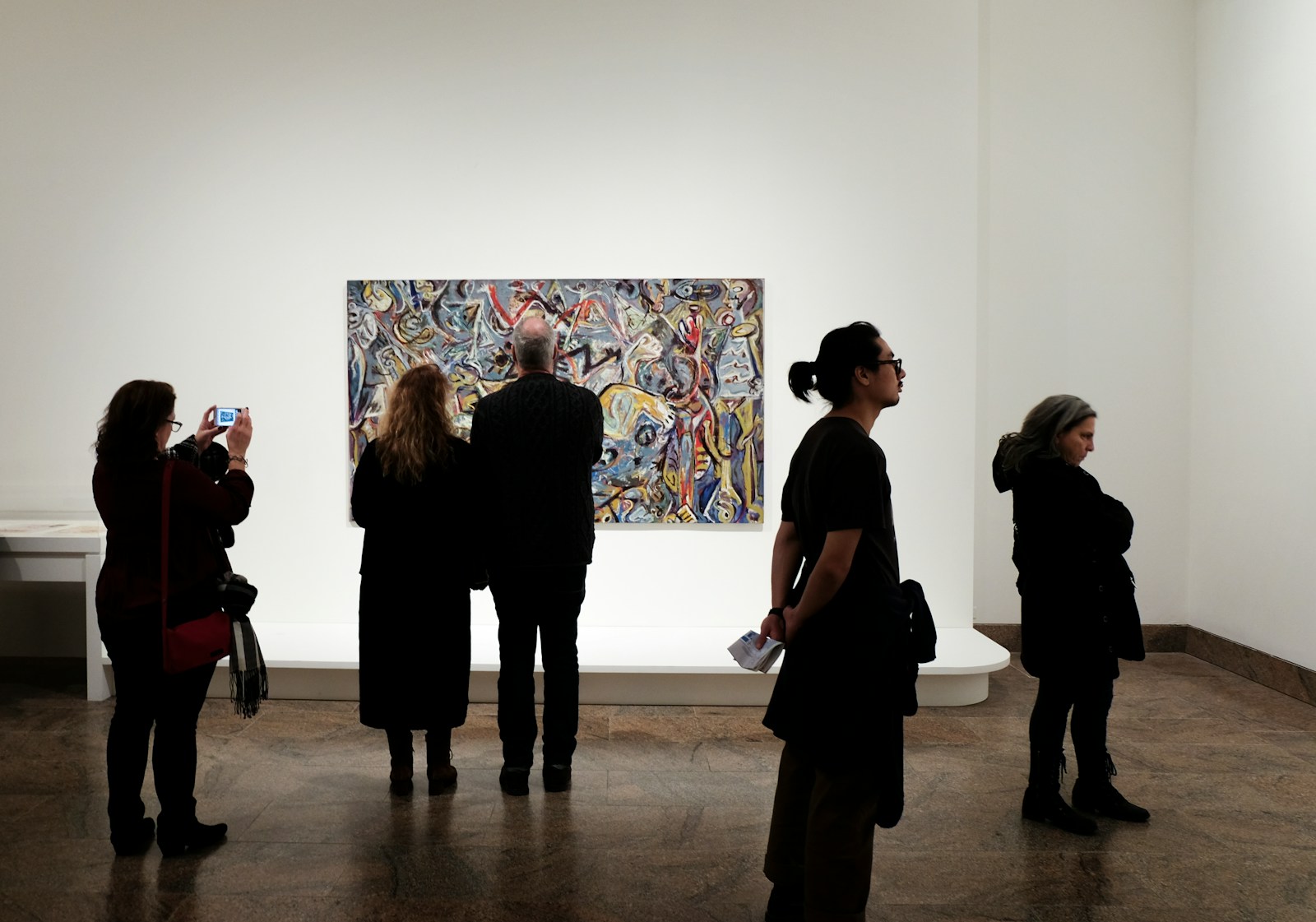Art and technology have always had a dynamic relationship, evolving together and influencing each other in profound ways. From the invention of the camera obscura to digital painting and artificial intelligence-generated art, technology has continuously reshaped artistic expression. The fusion of these two fields has expanded the possibilities for artists, democratized access to creative tools, and redefined the way audiences engage with art.
One of the most significant impacts of technology on art is the expansion of artistic mediums. Traditional painting, sculpture, and drawing have been supplemented by digital art, animation, and 3D modeling. Software like Adobe Photoshop, Procreate, and Blender have given artists unprecedented control over their creations, allowing them to experiment without the limitations of physical materials. These tools have enabled the production of hyper-realistic digital paintings and intricate animations that would be difficult or impossible to achieve with traditional methods.
Technology has also revolutionized the way art is created and distributed. The rise of digital platforms and social media has allowed artists to share their work with a global audience instantaneously. Online galleries, NFT (non-fungible token) marketplaces, and platforms like Instagram and DeviantArt have provided artists with new avenues for exposure and income. This has removed traditional gatekeepers such as galleries and museums, giving independent artists the ability to build careers outside of conventional art institutions.
Moreover, advancements in artificial intelligence (AI) have introduced new dimensions to artistic creation. AI-generated art, such as works produced by programs like Deep Dream or DALL·E, challenges conventional notions of authorship and creativity. Some critics argue that AI-generated pieces lack the emotional depth of human-made art, while others see them as valuable tools that can inspire new forms of artistic expression. AI-assisted tools can help artists automate repetitive tasks, generate ideas, and explore uncharted creative territories.
Virtual reality (VR) and augmented reality (AR) have also made a significant impact on the art world. These technologies allow for immersive experiences that engage audiences in novel ways. VR art installations and AR-enhanced exhibits enable viewers to interact with artwork in a way that traditional mediums cannot. For instance, museums and galleries have begun incorporating AR applications to provide additional layers of information and interactivity to their exhibits, enhancing the viewer’s experience.
Despite its many advantages, the intersection of technology and art also raises challenges and ethical questions. The rise of digital art and NFTs has led to concerns about copyright infringement, digital ownership, and environmental impact due to the energy consumption of blockchain technologies. Additionally, as AI-generated art becomes more prevalent, debates about artistic authenticity and originality continue to emerge.
Technology has profoundly influenced the evolution of art, opening new doors for creativity and accessibility while also posing new challenges. It has expanded artistic possibilities, changed the way art is distributed and consumed, and introduced groundbreaking tools that redefine artistic creation. As technology continues to advance, its role in the art world will undoubtedly grow, shaping the future of artistic expression in ways we can only begin to imagine.
